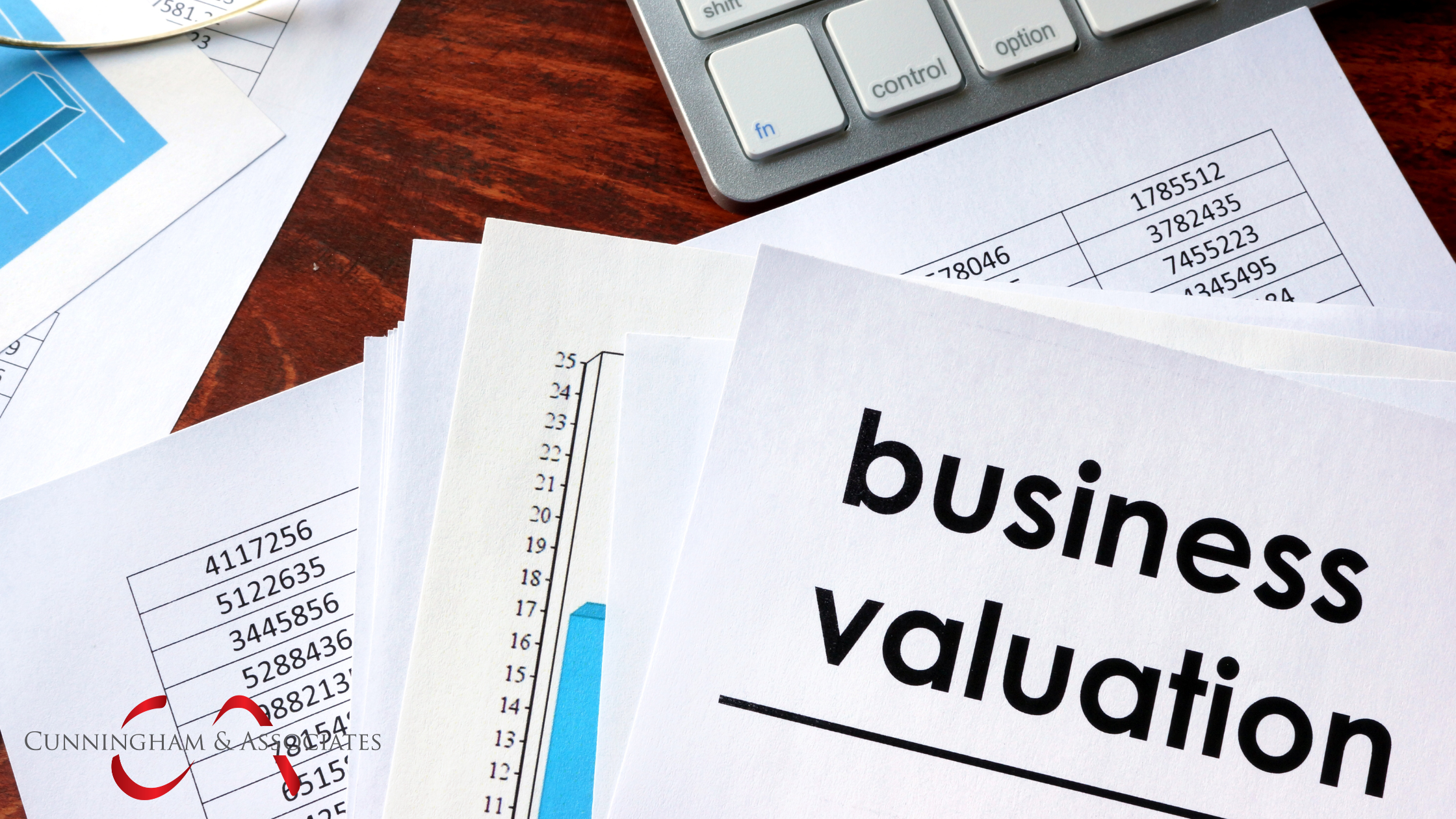When a merger and acquisition (M&A) occurs, it’s a common catalyst for business owners seeking a business valuation.
An M&A valuation method relies on three basic business valuation approaches, which we’ll cover below. We’ll also explain the different types of mergers and acquisitions.
What’s a Merger and Acquisition?
You’ll hear mergers and acquisitions used together as a single term. But they’re technically two different types of business transactions:
- Merger — A merger combines two different companies into a single entity. For example, Exxon and Mobil merged into Exxon Mobil Corporation in 1999. At the time, this 73.7 billion dollar deal created the third-largest company in the world.
- Acquisition — An acquisition is when one company buys another company, like Disney purchasing the brand Pixar.
While these are examples of high-profile, pricey M&As, thousands of smaller M&A transitions occur every year in the US. Small, mid-sized, and large corporations can undergo one of the many different types of mergers and acquisitions.
In 2001, the FASB changed its accounting standards, requiring all new M&A transactions to use the Acquisition Method of Accounting, similar to the Purchase Method of accounting. So, while M&A transactions are technically different, accountants treat them the same.
Before the FASB change, the Pooling of Interest accounting method was the most common technique used in business mergers. Since the change, the way goodwill is accounted for is different. We’ll cover that later in this article.
Six Types of Mergers and Acquisitions
The type of transaction is essential when building an M&A valuation model. The following are the top six types of mergers and acquisitions:
#1. Horizontal merger
A horizontal merger occurs when two companies from the same sector or industry are combined, as with the Exxon and Mobil merger in 1999.
#2. Vertical merger
A vertical merger is when a company buys its distributor or supplier. For example, this happened when the company Comcast purchased a controlling share in one of its biggest content suppliers — NBC.
#3. Conglomerate M&A
When a business buys another company in a different industry or sector, it’s called a conglomerate M&A. An example of this type of transaction happened when Amazon bought Whole Foods.
#4. Friendly takeover
If the organization’s Board of Directors approves the company’s purchase and accepts an acquisition offer, it’s considered a friendly takeover.
#5. Hostile takeover
A hostile takeover occurs when the business is purchased despite the Board of Directors’ rejection. Usually, a hostile takeover is accomplished when the buyer offers to buy shares at a premium from shareholders, bypassing the Board’s approval.
#6. Reverse takeover
In a reverse takeover, a business acquires a public company while avoiding the IPO process and gaining access to public markets.
Calculating the M&A Purchase Price
In most instances, M&A buyers are looking to purchase another company to increase the value for shareholders. As such, buyers are willing to pay a control premium to either buy all the company’s shares outright or obtain enough shares to control the company.
When evaluating M&A transactions, calculating the purchase price is a primary objective. The control premium the buyer will ultimately pay is critical. So, to determine the control premium, recent comparable transactions involving similar businesses are examined.
The three standard valuation approaches mentioned earlier that are used to determine the fair value of a company are:
- Market
- Income
- Cost approach
Once the value is determined, the buyer and the target company’s management will negotiate the purchase price and control the premium.
Adjusting Balance Sheets and Calculating Goodwill
Goodwill is the premium a buyer pays to acquire the target company. Usually, what happens in a typical M&A transaction is a portion of the target company’s assets are increased in value. As a result, this writing up of assets will look like additional intangible assets on the buyer’s balance sheet. Transaction and financing fees are also added to the total and set aside as goodwill.
The FASB standard for mergers and acquisitions currently treats goodwill as a long-term asset that won’t depreciate and cannot be amortized — unless an impairment is discovered. If that happens, a portion of the goodwill is designated as a one-time expense and, as such, is written off.
Additional balance sheet adjustments
Before the transaction is complete, other adjustments to the buyer’s balance sheet might occur. For example, an adjustment may be made to account for aligning the current value and market value of the company’s inventory.
Merger and Acquisition Transactions: Key Takeaways
M&A business transactions are often complex and require the services and advice of a qualified business valuation expert. With help from C&A’s professionals, you’ll be able to determine a fair value for the business you either wish to sell or purchase.
Contact us today for a FREE consultation either online or by phone at (508) 797-5003.



